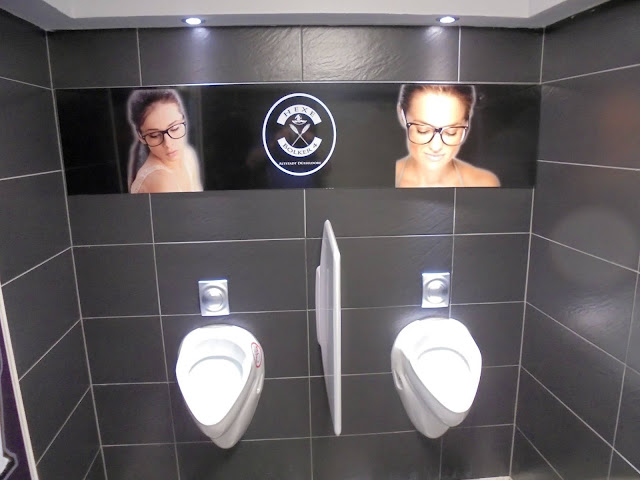The minutes of the CBK (the Dutch brewers' association) committee meetings are full of mentions of German beer. Which they saw as a competitor and a threat. How on earth German brewers were going to be able to produce enough beer to supply Holland doesn't seem to have occurred to them.
Dutch brewers had two main concerns:
1. that German beer might be stronger than was allowed for Dutch-produced beer:;
2. that German beer might be taxed at a lower rate.
Reasonable concerns in peacetime, but all rather irrelevant during the middle of a war.
Both are addressed here:
"XIII. IMPORT BEER; DUTY ON BEER.
Mr Stikker announces that the German authorities have promised during the above-mentioned discussion that the German beer, which from 15th January this year has been imported into the Netherlands will not have a higher gravity than 10.3%. The import of German beer will be in the same proportion to beer imports in 1939 as future Dutch beer output stands to output in 1939. This agreement has not yet been definitively confirmed.
It has also been discussed that the price of the German imported beer would be equal to the Dutch beer. (This is important now that the specific import duty on German beer has been reduced from NLG 7.50 to NLG 12.- per H.L.). No commitments could be made with regard to Pilsener Urquell, because it is not yet part of the Ausfuhrgemeinschaft.
The German side suggested that the Dutch brewing industry be relieved of the burden of supplying beer to the German canteens, which would then receive draught beer instead of bottled beer. This proposal has been accepted with the proviso that these deliveries will then be made via the German stage service, so that it will not enter the free trade via the importers."
Minutes of the management of the CBK on 21st January 1941, held at the Amsterdam City Archives, document number 31121-1, page 267.
You can see that there aim was to have limited quantities of German beer imported which was no stronger than local beer and with the same tax burden.
The last paragraph shows the extent of Dutch brewers' paranoia. If the Germans were going to supply their own troops they'd have to do it directly, for fear of some leaking into the normal Dutch market.
Though it did seem that the CBK wanted to distribute this German beer themselves:
"Negotiations are currently underway with the German authorities as to whether it will be possible for the C.B.K. to make a distribution service available via the breweries for the distribution of, for example, 100,000 H.L. German beer for the German stage, canteens, hospitals, etc."
Minutes of the management of the CBK on 5th March 1941, held at the Amsterdamse Stadsarchief, document number 31121-1, page 246.
Loads more on this fascinating topic to come.




















